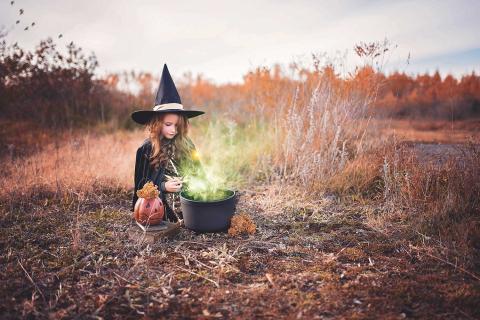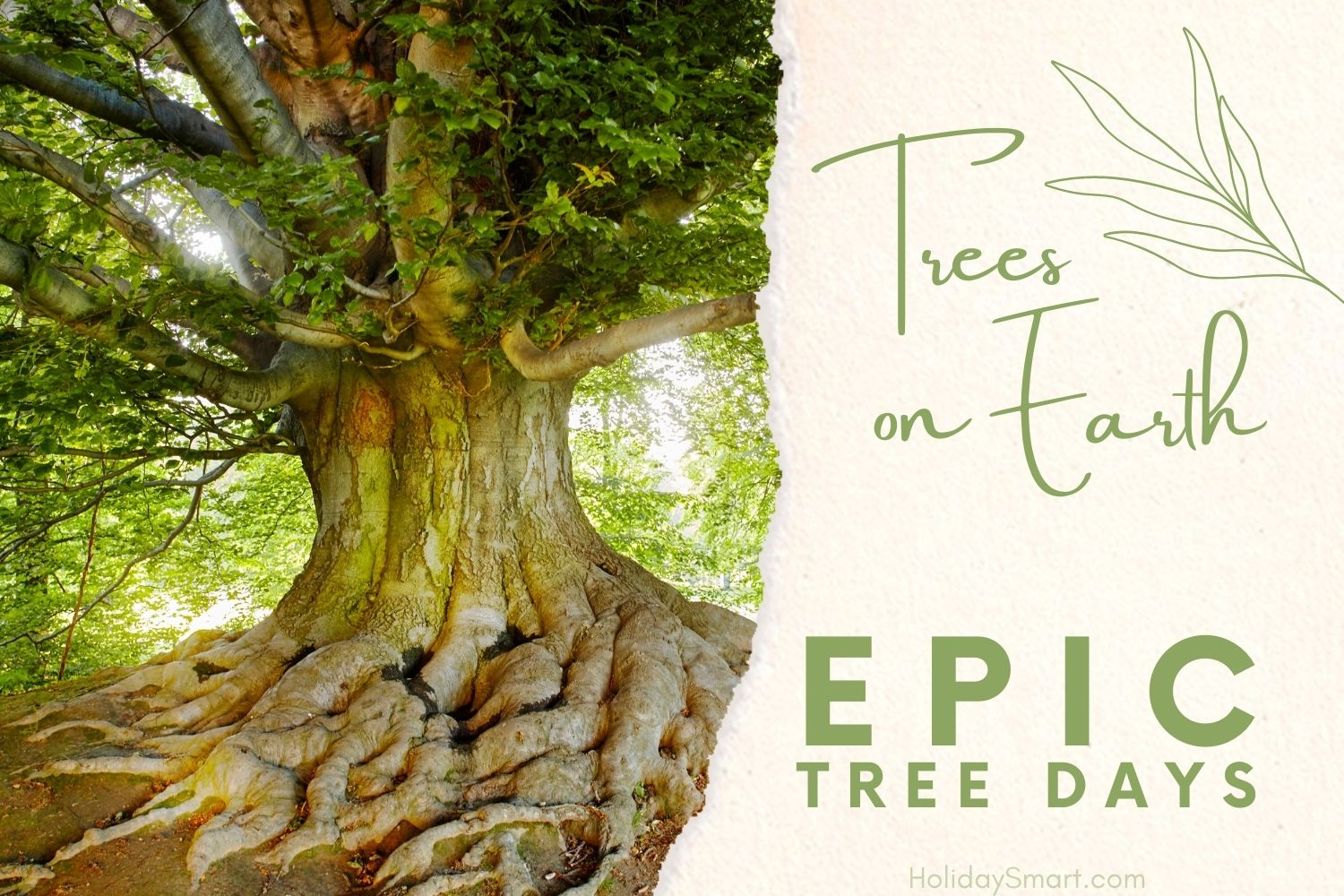The Ancient Origins of Trick-or-Treating

On Halloween night, in the spooky evening hours when our world and the spirit world is said to blur, children dress in costumes—to fool mischievous ghouls and witches from the spirit dimension, as myth has it. In large waves they trapeze from door-to-door for candy, threatening tricks and collecting goodies in pillowcases or plastic pumpkin baskets.
In the United States, people perhaps most commonly associate Halloween with trick-or-treating. According to history.com, trick-or-treating has been popular for roughly 100 years.
But where did trick-or-treating originate?
Halloween is widely determined to have derived from Samhain, the ancient pagan Celtic festival. Celts believed the barrier between the physical world and the spirit world was permeable during Samhain, so they sacrificed crops and animals as offerings to protect themselves from supernatural beings, some wearing animal or monster costumes to trick fairies or spirits who wished to harm or kidnap them. People often pulled pranks during the festivities, blaming the tricks on mischievous sprites who had ventured into their world for the night.
Samhain, All Souls' Day and All Saints' Day
Samhain evolved during the middles ages and after the spread of Christianity. In A.D. 609, Pope Boniface IV created All Saints’ Day, or All-Hallows, to celebrate saints and martyrs. It was later moved to Nov. 1, the time Samhain was celebrated, to capitalize upon the popularity of the pagan traditions, and perhaps to reframe the ancient fire festival as a Christian celebration. All Souls’ Day developed alongside All Saints’ Day to commemorate all the dead, not just saints and martyrs.
All-Hallows’ Eve Evolution
On All-Hallows’ Eve (eventually shortened to Hallowe’en), people participated in “souling.” The poor went from door-to-door of wealthy homes and offered prayers for the house’s recently departed in exchange for food and beer. According to medievalhistories.com, it was believed “for every piece of bread given to the poor a soul could be redeemed from the fire of Hell.”
Souling, the start of Trick-or-Treating
Trick-or-treating is said to have originated from Souling. All Saints’ Day and All Souls’ Day were celebrated similarly to the pagan festivities during Samhain keeping many of the pagan aspects of the celebration. People wore costumes, played tricks, and used hollowed-out turnip lanterns.
Halloween Growth in the U.S.
In the mid-1800s, Irish immigrants came to the United States, fleeing the potato famine, and brought these customs to America, reviving the Old World traditions. Halloween became widely popular in the United States in the 1930s, the phrase was first recorded in print in 1927 on Nov. 4, and trick-or-treating was cemented in popular culture by the 1950s. (Smithsonian.com)
Guising
In Scotland and Ireland, the tradition is called “guising.” Children dress in scary costumes and go door-to-door singing songs or performing stories for fruit or money. However, American trick-or-treating has since grown popular in Scotland and Ireland, and other countries have also adopted the Americanized tradition.
Our customs are often dissociated from their origin stories as years pass; however, we clearly owe pagan traditions for one of the most popular Halloween pastimes in the United States.
Sources:
- https://www.history.com/topics/halloween/history-of-trick-or-treating
- https://time.com/5434659/halloween-pagan-origins-in-samhain/
- https://www.phrases.org.uk/meanings/trick-or-treat.html
- https://www.medieval.eu/soul-cakes-and-souling/
- https://www.history.com/topics/holidays/samhain
- https://time.com/4991828/halloween-trick-or-treating-history/ https://www.smithsonianmag.com/smart-news/the-history-of-trick-or-treating-is-weirder-than-you-thought-79408373/




